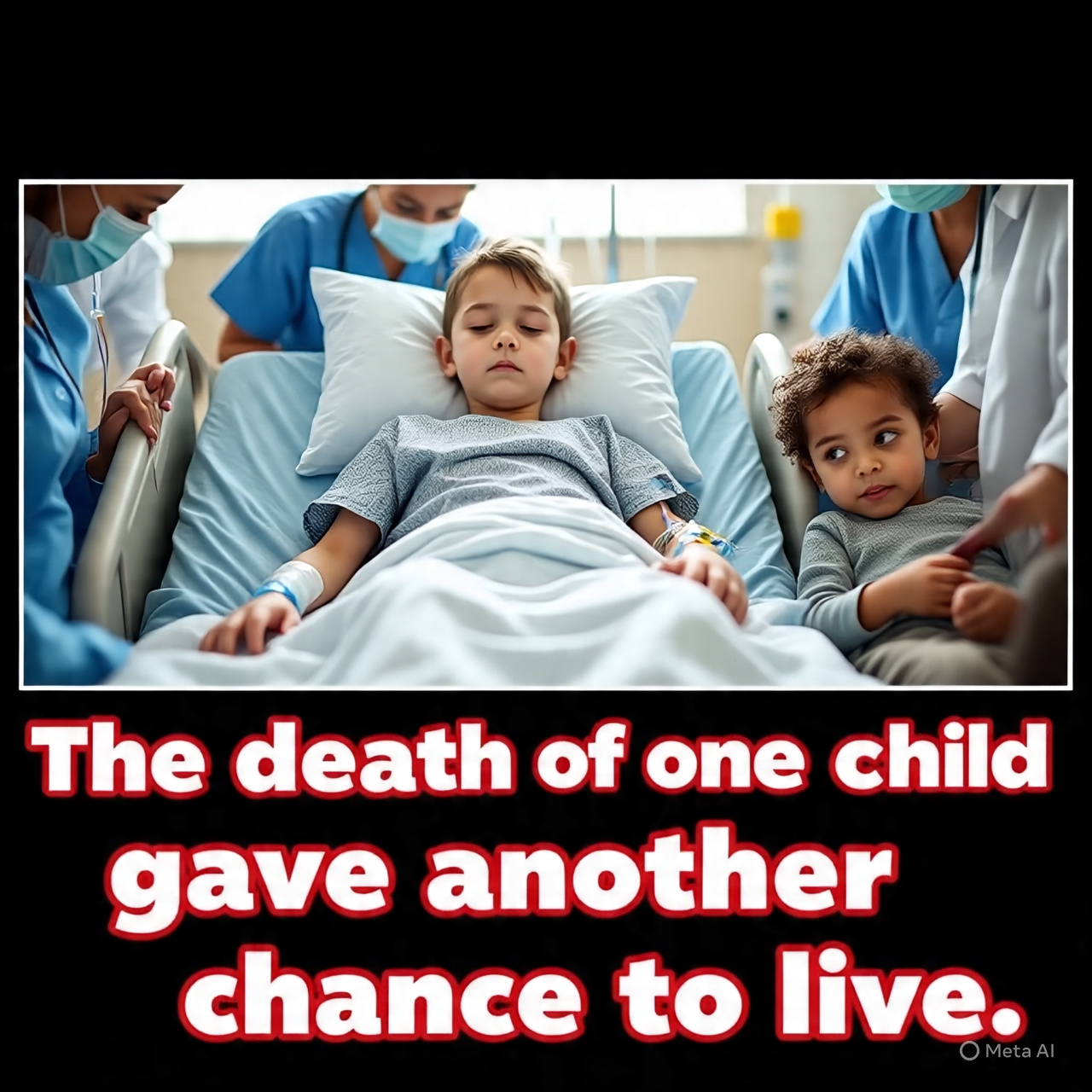FnF News
FNF News | Health & Humanity
Published: June 16, 2025
By: Khadija Khan
The Bittersweet Miracle: How One Child’s Death Saved Another Through the Gift of a Heart
When the doctors called in the early hours of Sunday morning, the room fell silent. After months of uncertainty and nights spent in a hospital ward lined with machines, the parents of 6-year-old Emma Santiago heard the unthinkable: a donor heart was available.
Emma, diagnosed at age four with restrictive cardiomyopathy — a rare, life-threatening heart condition — had been on the national transplant list for nearly a year. Her survival was measured not in years, but in weeks.
The family had lived in limbo. But now, a new chapter was beginning.
And yet, their joy was laced with unbearable sorrow.
“We had to remind ourselves that wishing for a heart to save this child does not cause what happened to the donor child,” Emma’s mother, Carla Santiago, told FNF News in a tearful interview. “It already happened. This is the only good that now can come out of tragedy.”
A Gift Born From Grief
Organ donation is one of the most profound and paradoxical acts in modern medicine. It represents a second chance at life — a miracle — but one that always stems from someone else’s tragedy.
According to data from the United Network for Organ Sharing (UNOS), more than 100,000 people are currently on the transplant waiting list in the United States, including over 1,800 children. Each day, 17 people die waiting for an organ.
Pediatric donations, especially hearts, are particularly rare. The donor and recipient must match in size, blood type, and other complex immunological factors. Emma’s transplant came just in time.
“It was a near-impossible match,” said Dr. Anjali Rao, Emma’s transplant surgeon at Seattle Children’s Hospital. “Cases like hers depend on fate, timing — and the impossible strength of another family who says ‘yes’ in their darkest hour.”
The donor family remains anonymous, as is standard practice. But the hospital confirmed the donor was a 7-year-old boy from Oregon who died suddenly in a car accident. His parents chose to donate his organs, allowing four children across the western U.S. to live.
“He was gone, but he gave others a chance,” a family liaison shared, paraphrasing the donor mother’s statement. “She said she wanted her son’s light to live on in someone else.”
The Ethics of Hope
The Santiago family’s emotional journey reflects a painful duality: how do you hope for a miracle without wishing tragedy on another family?
Dr. Maya Levenson, a pediatric grief counselor who works with transplant families, says this is one of the most challenging emotional contradictions.
“Families often describe feeling guilt just for hoping. The reality is, they are hoping for life — not for death,” she says. “No one causes another’s loss. But when tragedy happens, something sacred can emerge.”
This phenomenon — where joy and grief live side-by-side — is described by psychologists as “ambiguous relief.” It’s a state that acknowledges the emotional cost of survival, especially in pediatric transplants, where children are too young to fully grasp the complexity of their gift.
A National Conversation on Pediatric Donation
Despite medical advancements, pediatric organ donation remains deeply misunderstood and under-discussed. Some families are hesitant to consent to donation because they fear it means giving up too soon — or that the child’s body will be disrespected.
Yet, according to Donate Life America, over 2,000 organs from children saved lives last year, and thousands more were denied the opportunity due to lack of consent or delayed decision-making.
“Many families later say they regret not choosing donation,” says Dr. Rao. “In those rare moments of impossible grief, saying ‘yes’ gives someone else a chance to live — and gives the donor’s death a kind of meaning that medicine alone cannot offer.”
A Little Girl’s Second Birthday
Emma’s transplant was successful. The surgery lasted eight hours, followed by three days on a ventilator and ten days in the pediatric ICU. She’s now awake, smiling, and able to sit up in bed — her heart beating strong, even though it’s not the one she was born with.
The Santiago family has started calling June 9 her “second birthday.”
“We don’t know the donor’s name, but we celebrate him,” Carla says. “He is part of our daughter now. We light a candle for him every night. He is the reason she is here.”
Emma will be on anti-rejection medications for the rest of her life and will require periodic biopsies, echocardiograms, and long-term monitoring. But her prognosis is strong.
She is already talking about going home, playing with her puppy, and returning to her favorite ballet class.
Light in the Dark
This story is not just about Emma. It’s about the anonymous boy who gave her life. It’s about his family, who made an impossible decision in their darkest hour. It’s about the medical professionals who dedicate their lives to making miracles happen — and about the parents who are willing to love a child whose survival is tied to someone else’s loss.
“It’s bittersweet, terrible, and miraculous,” said Carla. “But it’s real. And it’s beautiful in a way only life and death can be.”
Sources:
- United Network for Organ Sharing (UNOS) Pediatric Transplant Statistics, 2025
- Interview with Dr. Anjali Rao, Seattle Children’s Hospital, June 2025
- Donate Life America Annual Report, 2024–2025
- Interview with Carla Santiago, June 2025
- Interview with Dr. Maya Levenson, Pediatric Grief Counseling Specialist

